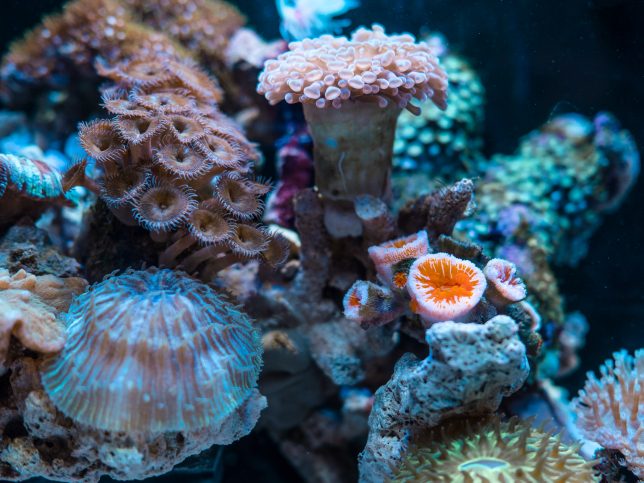Hawai’ian Kahuna Insights: Ancient Wisdom of the Islands
With the damage caused by the Lahaina inferno fresh in our minds, we went searching for Hawai’ian wisdom. We came across a very wise Hawai’i Kūpuna Elder, Kimokeo Kapahulehua. In this TikTok post, he shares sage advice that can benefit humanity, and protect our biodiversity.
You cannot go to the forest and just take a tree.
—Kimokeo Kapahulehua, Kūpuna Elder
You have to ask Laka.
She’s the goddess of the forest. That’s her child.
Why do you want to take her child without permission?
And as the canoe maker, and as…
He has to go up and tell Laka
“I’m going to take one of your child[ren], and I’m going to make it into a canoe.”
Laka will be very happy when you take her child and make it into many lives and serve many, many people.
We cannot just take.
We need to give.
So if you take one of her child[ren], maybe you should go plant?
And give back Laka 40 children.
Take the seed of the plant and take it right back to the same location because her children would like to be born with the parents, and the great grandparents, and the great great grandparents.
Don’t take her child from the forest to another forest because they will all grow better with their family.
Like us.
Elder’s Wisdom is Backed by Science
Science suggests that trees can “communicate” with each other through a complex network of mycorrhizal fungi. This underground network allows trees to exchange nutrients, send warning signals about environmental changes, and share resources with one another.
Dr. Suzanne Simard, a professor of forest ecology at the University of British Columbia, is one of the primary researchers in this area. In her studies, she found that trees can transfer carbon, water, and nutrients to other trees in times of need. She discovered that mother trees recognize their kin and send them more carbon below ground. They reduce their own root competition to make elbow room for their kids.
“When mother trees are injured or dying, they also send messages of wisdom on to the next generation of seedlings.”
—Dr. Suzanne Simard, Professor, RPF, Leader of The Mother Tree Project, Department of Forest and Conservation Sciences, University of British Columbia
These findings validate the guidance shared by Kūpuna Elder, Kimokeo Kapahulehua.
Further, planting trees in non-native environments can have diverse ecological consequences. Research has shown that non-native trees can impact local ecosystems by:
- Changing soil properties
- Loss of humidity
- Introduction of invasive alien species and disease
- Negative impacts on biodiversity
- Higher risks of adverse effects of fires and stores
When non-native tree species become invasive, they can outcompete, displace native species, alter habitat structures, and even change the soil properties and nutrient cycling.
It’s Time to Listen to the Wisdom
Whether we choose to listen to the wisdom of our elders or to science, climate disasters that are increasingly common underscore the urgency of listening and acting upon this wisdom.
Sources:
- Simard, S.W., Beiler, K.J., Bingham, M.A., Deslippe, J.R., Philip, L.J., & Teste, F.P. (2012). Mycorrhizal networks: mechanisms, ecology and modelling. Fungal Biology Reviews, 26(1), 39-60.
- Source: Brockerhoff, E.G., Jactel, H., Parrotta, J.A., Quine, C.P., & Sayer, J. (2008). Plantation forests and biodiversity: oxymoron or opportunity? Biodiversity and Conservation, 17(5), 925-951.

Maui, Hawaii 023 Lahaina, Banyan Tree, Allie_Caulfield from Germany, CC BY 2.0, via Wikimedia Commons

